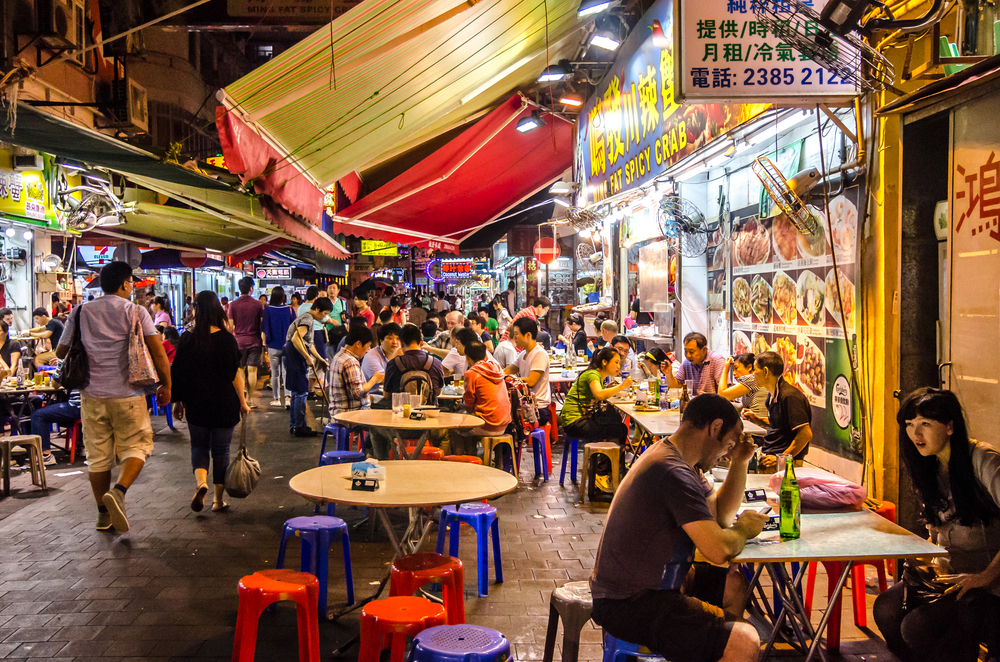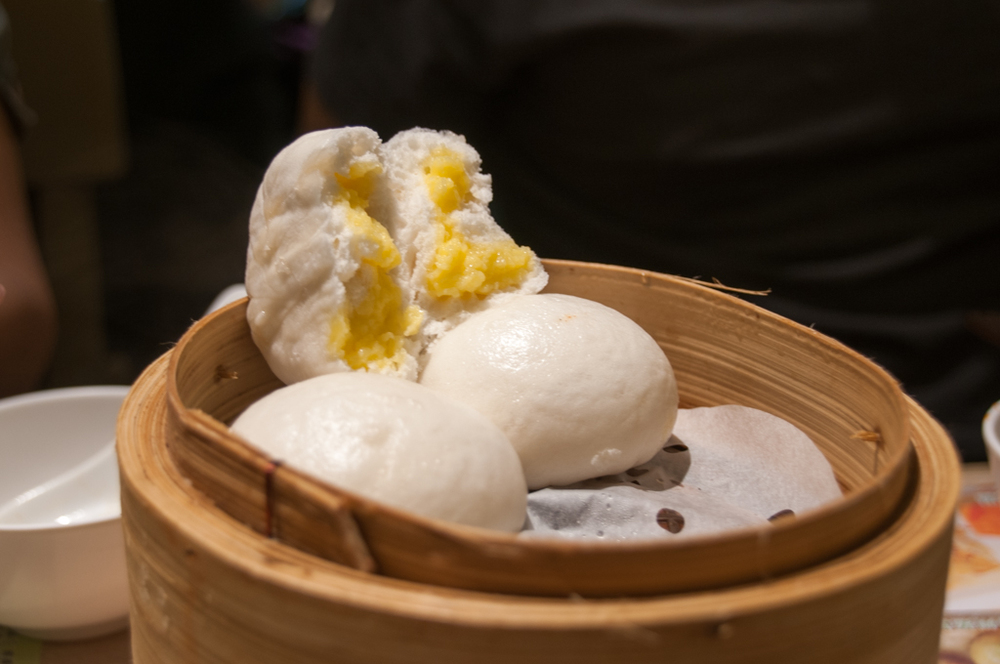Midnight snack or late night snack — its everyone’s dirty little secret. It is that one meal of the day that messes up our diet. We all get the munchies every once and a while during odd hours of the night. Whether its after a long night from work or partying out late or you are having that irresistible urge to have a snack late at night, Hong Kong’s ever bustling night time has your food cravings covered with its secret ‘fourth meal’ menu.
“Chinese people have a saying that you work and earn money for food, It’s a way to treat yourself.”
Hong Kong denizens revere food so much that they’ve even created a little-known fourth meal – siu yeh (night-time snack) – that’s consumed late at night, typically between 9pm and 6am but any time between dinner and bed. This food culture is so routine that some restaurants and stalls open late at night around 9pm specifically to cater to the needs of these ‘midnight snackers’ crowd.
“Chinese people have a saying that you work and earn money for food,” said Silvana Leung of Hong Kong Foodie Tasting Tours. “It’s a way to treat yourself.”
From our partners:
Celia Hu, editor-at-large for Hong Kong’s Foodie Magazine and blogger at Girl Meets Cooking, explained that what sets Hong Kong’s siu yeh apart from other late-night snack cultures is the quality and variety.
“It’s not just a sloppy kebab after a dizzying night of partying,” she said. “In Hong Kong, lots of the late night or all-night restaurants have full menus offering fresh seafood, intricately folded wontons and freshly steamed dim sum.”
“All these foods are a part of the daily eating habits of people so they tend to go for the foods that they grew up with.”
Hong Kong is a ‘food paradise’ for locals and foreigners alike with its vast offerings ranging from exquisite courses meticulously and expertly prepared by Michelin star restaurants to street food which is literally right around the corner from these high-end places. For siu yeh, menus tend to focus on simple and ‘homey’ Cantonese classics.
“All these foods are a part of the daily eating habits of people so they tend to go for the foods that they grew up with,” Hu said. “It’s a great way for loved ones to get together and share their day.”
Head to any dai pai dong (street food stall) late at night, and you’ll find scallion pancakes, fried oyster omelettes, dumplings, fishballs, congee topped with minced meat or preserved eggs, mix-and-match noodles (with a variety of noodle types, sauces and toppings), deep-fried stinky tofu and all manner of items served on a stick.
Dim sum is a particularly iconic siu yeh selection, with late-night eaters able to choose from hundreds of dishes, including the ever-popular barbecue pork buns, shrimp-stuffed rice noodle rolls and savoury fried turnip cake.
While dim sum stick to its roots, dessert items are much more malleable and usually adapts to what is ‘in’ during the season. “Desserts change depending on what is Instagrammable at the moment,” Hu said. More traditional choices include red bean soup or mango pudding, but classic French pastries and artisanal popsicles are recent favourites. If Hu’s looking for a midnight calorie splurge, she loves runny custard buns. “It’s like a lava cake but with a Cantonese twist,” she said.
Janice Leung Hayes, food writer and founder of Island East Markets, Hong Kong’s largest farmers market, pegs the origins of siu yeh in China’s Guangdong Province.
“Some say that in southern China we have longer days, so we tend to be awake for longer and have more meals, while others say it came from a Guangdong culture of meeting for tea or wine after dinner,” she said. “Ancient Chinese texts from as far back as the Tang Dynasty mention the practice.”
“We tend to see food as a way of getting people to come together.”
“We have more restaurants per capita than anywhere else in the world, but I think that’s partially because our homes are so small we can’t throw dinner parties,” Hayes said.
In addition, Chinese culture is highly food-oriented, and every festival has food-related rituals and traditions – from dense moon cakes during the Mid-Autumn Festival to plump pork-and-cabbage dumplings at New Year.
This feature’s source came from CNN.

























